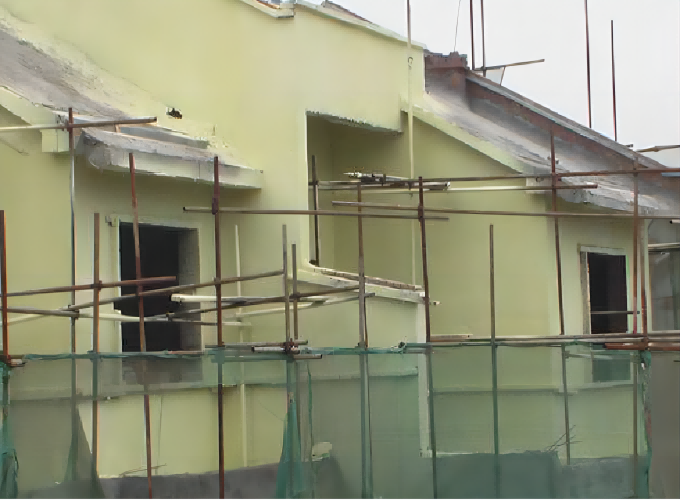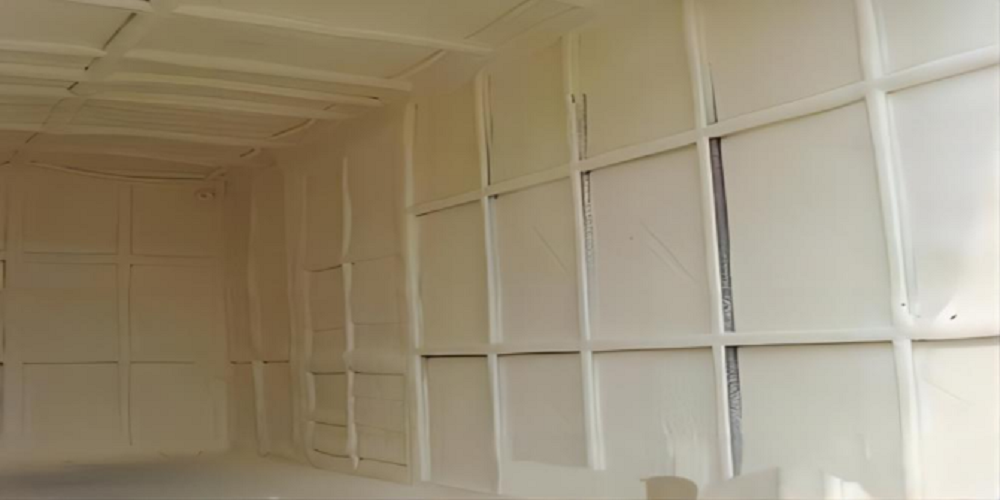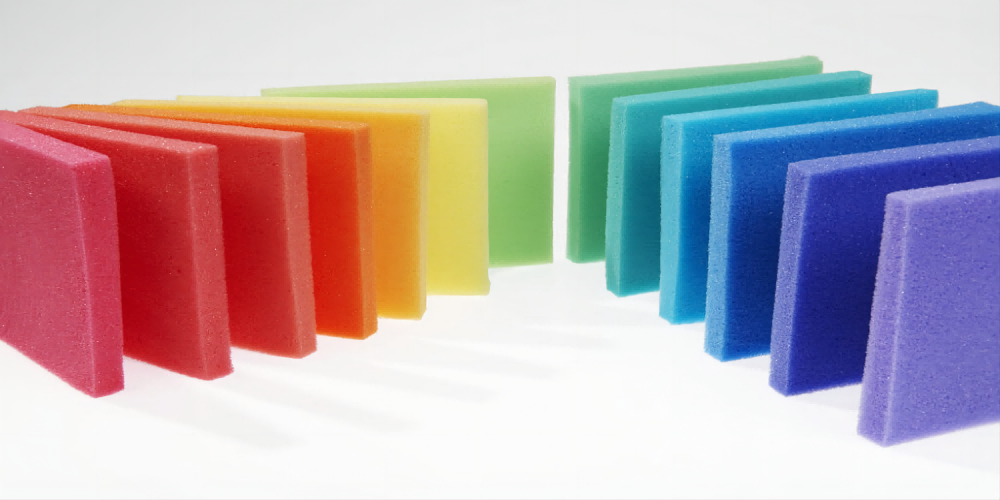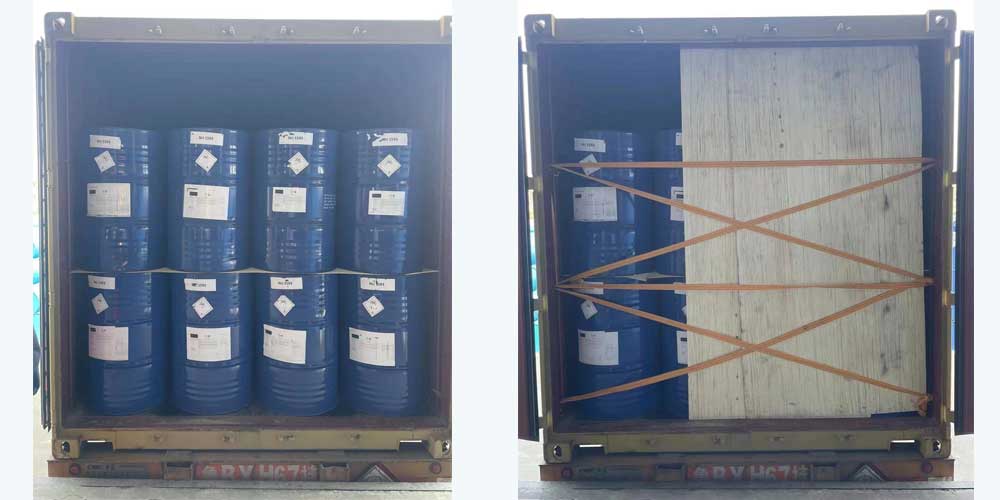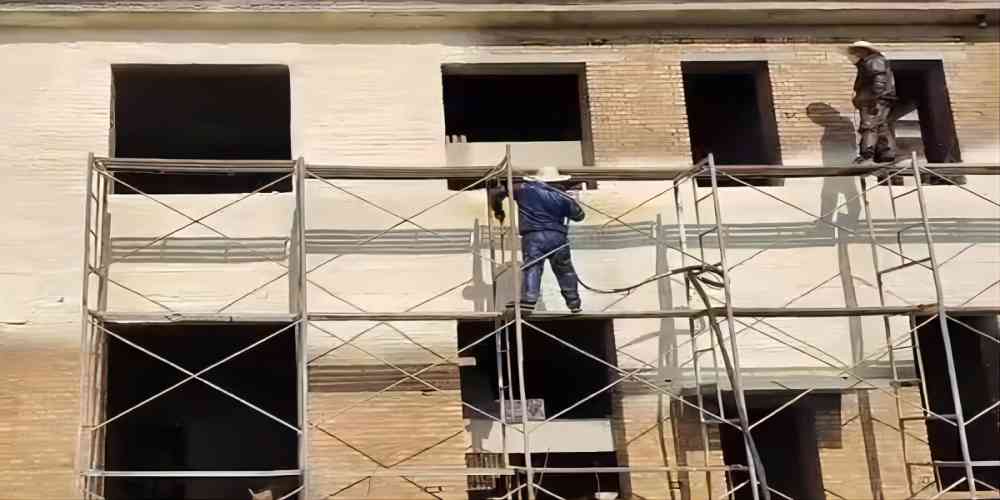
Advantages and Disadvantages of Polyurethane Rigid Foam in Exterior Wall Insulation System
Polyurethane rigid foam is mostly closed-cell structure, with excellent characteristics of good thermal insulation effect, light weight, high specific strength and convenient construction. It also has the features of sound insulation, shockproof, electrical insulation, heat resistance, cold resistance, solvent resistance, etc., and is widely used in insulation system for building exterior walls.
Polyurethane rigid foam spraying used for exteriorl wall insulation is a new building energy-saving technology. After application in engineering examples, the advantages of this technology are very obvious, but there are still many areas for improvement.
Advantages of polyurethane rigid foam insulation:
High closed cell ratio, good permeability resistance, excellent waterproof performance; ultra-low thermal conductivity, excellent thermal insulation performance; anti-corrosion, good aging resistance; good crack resistance and extensibility; high mechanical strength and stability; good bonding ability; suitable for various industrial and civil building insulation projects, etc.
Disadvantages of polyurethane rigid foam insulation:
The construction machinery is complex and requires professional technical personnel; there are liquid droplets floating in the air at the construction site, especially during spray molding, which requires good ventilation and certain labor protection; the surface of spray molded polyurethane foam is uneven, if the exterior decoration is flat-coated, the polyurethane rigid foam needs to be trimmed, etc.
